Sri Lankan snack food is a vibrant tapestry of flavors and textures that reflects the island's rich culinary heritage. From crispy vadais bursting with aromatic spices to sweet lavariyas filled with caramelized coconut, each bite offers a journey of taste sensations. Savory samosas, tangy achcharu, and spicy kottu roti provide a delightful array of options, while traditional sweets like kavum and kokis showcase intricate craftsmanship. Whether enjoyed on bustling streets or savored at home, Sri Lankan snack food embodies the warmth of hospitality and the fusion of diverse influences, making it a unique culinary experience that tantalizes the taste buds and leaves a lasting impression on all who indulge.
Vada
-1702597440.jpg)
Vada, also known as vadai, wada, or bara, encompasses a diverse range of savory fried snacks. These treats may feature legumes, sago, or potatoes as their base. Legume-based vadas commonly utilize pigeon pea, chickpea, black gram, or green gram, while additional vegetables and ingredients are incorporated to enhance flavor and nutritional value. To prepare legume-based vadas, the soaked legumes are ground into a batter and seasoned with cumin seeds, salt, onions, curry leaves, chilies, or black pepper. Ginger and baking soda are often added for a fluffy texture and improved fermentation. The shaped batter is then deep-fried to achieve a crispy exterior and a fluffy interior. Kalmi vadas, a variation, involve cutting the fried vadas into pieces and frying them again, adding an extra layer of crunch and flavor.
Satay
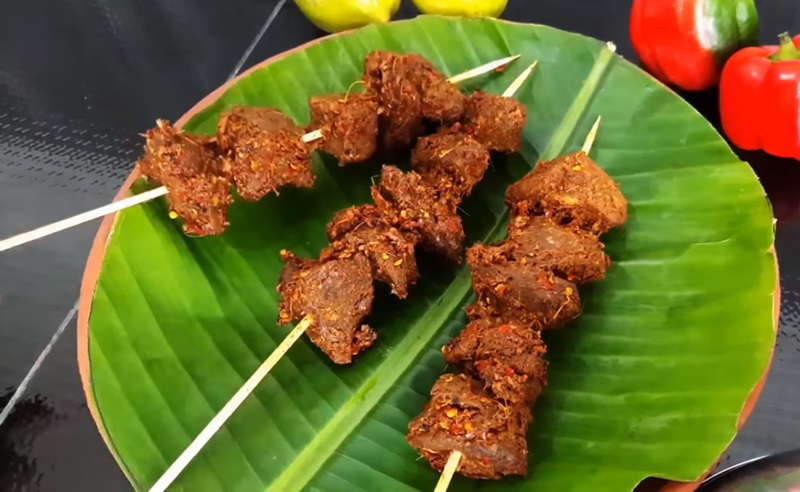
Satay, a beloved Southeast Asian delicacy, presents a tantalizing array of seasoned, skewered, and barbecued meats or tofu, accompanied by a flavorful sauce. It features diced or sliced chicken, goat, mutton, beef, pork, fish, or other meats, threaded onto bamboo skewers or traditional coconut palm frond skewers. Grilled over wood or charcoal fires, Satay emerges with smoky, charred perfection, ready to be savored with an assortment of spicy seasonings. While various sauces complement Satay, the classic combination of soy and peanut sauce reigns supreme. This iconic dish embodies the vibrant flavors and cultural richness of Southeast Asia, inviting diners on a culinary journey that tantalizes the taste buds and celebrates the art of grilling with finesse.
Medu Vada
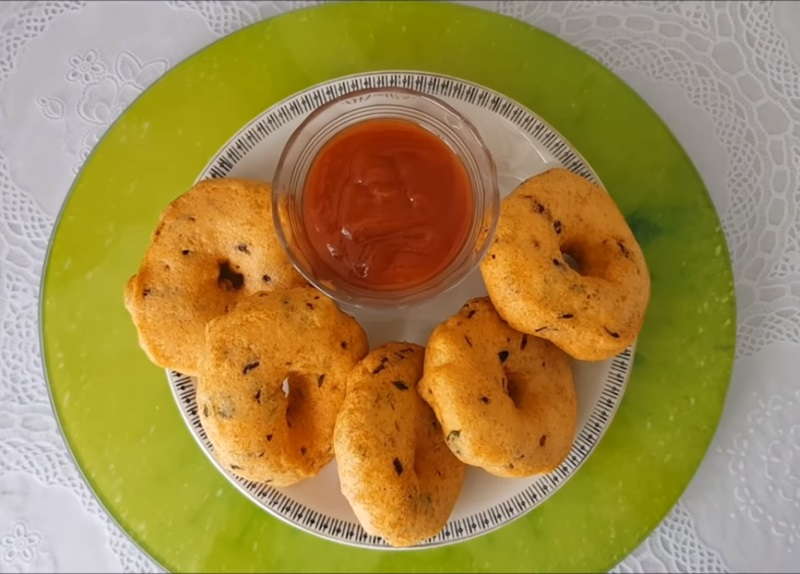
Medu vada, a popular savory snack, is crafted from Vigna mungo, also known as black lentil. Shaped like doughnuts, these vadas boast a crispy exterior and a soft, fluffy interior. The batter is primarily made from soaked black lentils (urad dal), ground into a smooth paste. Flavorful additions such as asafoetida, fenugreek seeds, ginger, cumin seeds, black pepper, curry leaves, chilies, and coconut pieces enhance the batter. The dough is then shaped into rings and fried until golden brown, though some prefer a baked variation. Other versions of this dish incorporate different pulses like chana dal for am-bada (or aama vadai), and occasionally tuar (pigeon pea) or masoor (lentil).
Tapioca Chip
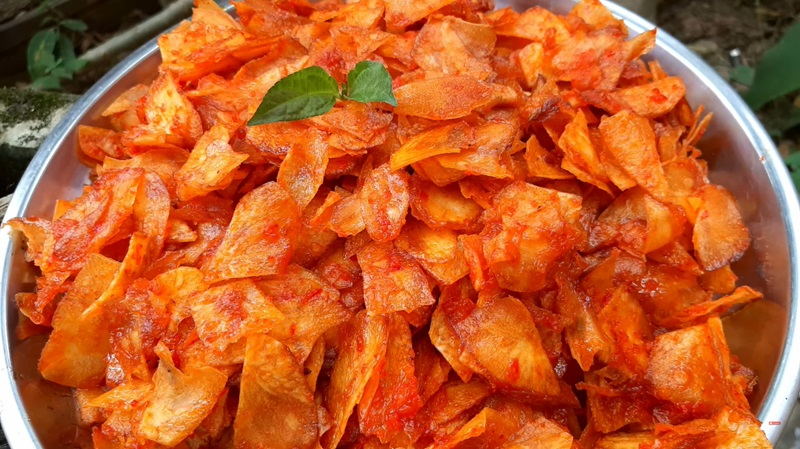
Tapioca chips are a beloved snack made from thin slices of deep-fried cassava root. Prepared by peeling raw cassava tubers to remove the tough outer layers, the slices are then fried in coconut oil until crispy. Seasoned with salt and often spiced with red chili powder, these chips offer a flavorful punch. Renowned for their longer shelf life compared to raw cassava, they are a convenient snack option enjoyed widely, especially as street food. Their crispy texture and savory taste make them a satisfying indulgence for anyone passing by. Whether enjoyed as a quick bite on the go or savored leisurely, tapioca chips provide a delightful treat that tantalizes the taste buds and offers a taste of tropical indulgence.
Dadar Gulung
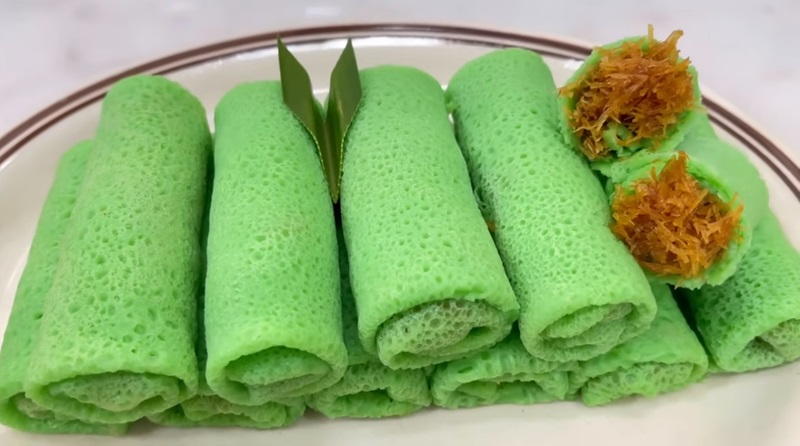
Dadar gulung, also known as surul appam in Sri Lanka, is a beloved snack consisting of sweet coconut pancakes. The batter, made from a blend of salt, eggs, flour, and coconut milk, can be mixed with suji or daun pandan paste for a vibrant green hue. For the filling, palm sugar, grated coconut flesh, salt, cinnamon, and water are combined in a pot on the stove, often with a tied pandan leaf for added aroma. The green-colored batter is then cooked on a flat frying pan with a touch of margarine, akin to making thin pancakes or omelets. Once cooked, the sweet coconut filling is placed on the green pancake, which is then folded on each side, resembling a tortilla, to create an elongated rectangular shape. This delightful treat offers a perfect balance of sweetness and coconut flavor, cherished by many across Southeast Asia.
Odiyal
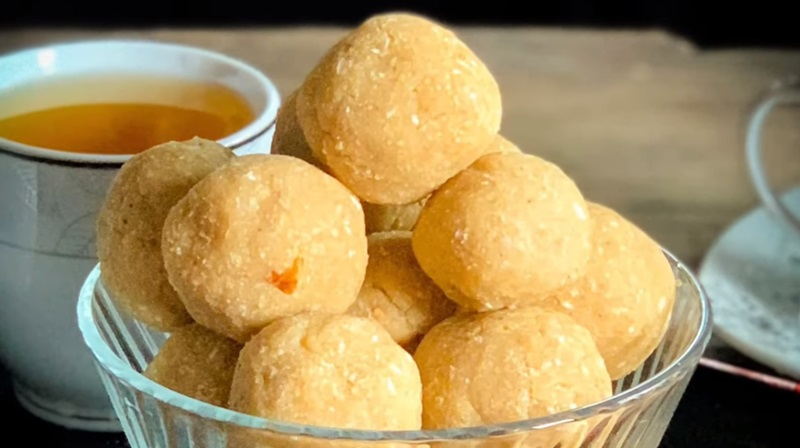
Odiyal, a robust snack, is crafted from palmyra palm tubers, also known as Palmyra sprouts. Typically, the tubers are split in two and left to dry until they harden, resulting in the traditional Odiyal form. Another variant, known as pulukodiyal, involves boiling the tubers before drying. This process transforms them into a pliable consistency, suitable for grinding into Pulukodiyal flour. Both forms of Odiyal offer unique textures and flavors, making them versatile ingredients in various culinary creations. Whether enjoyed as a standalone snack or utilized as flour for baking and cooking, Odiyal remains a cherished part of traditional cuisine, reflecting the rich agricultural heritage and resourcefulness of regions where the palmyra palm thrives.
Lavariya
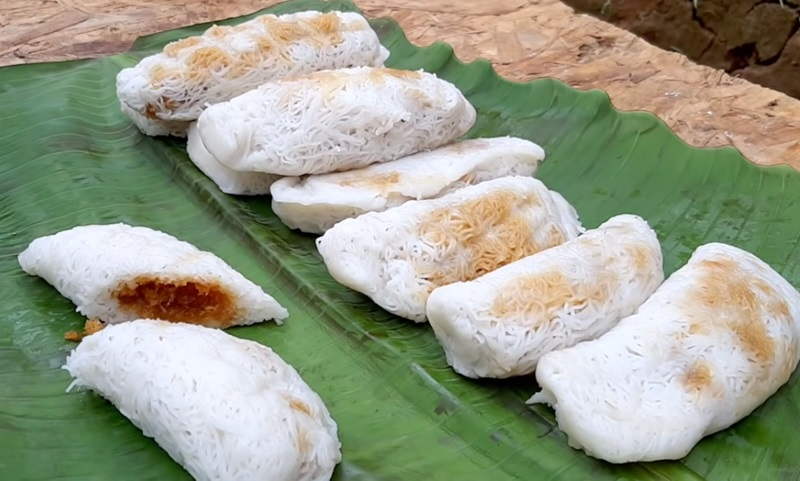
Lavariya, a cherished traditional Sri Lankan delicacy, is a sweet dumpling featuring caramelized coconut encased in string hopper (Idiyappam). Often enjoyed at breakfast or during afternoon tea with bananas, it offers a delightful blend of flavors and textures. To prepare, rice flour is mixed with hot water, oil, and salt, creating a smooth dough. This dough is then used to fill an 'idiyappam' press or sieve, extruding thin vermicelli-style noodles onto banana leaves. The filling, known as Pol Pani, consists of grated coconut, moong dal, and jaggery syrup, delicately placed inside the rice flour noodles in a half-moon shape. The dumplings are then wrapped in banana leaves and steamed to perfection before serving. Lavariya epitomizes Sri Lanka's culinary artistry, showcasing the creativity and skillfulness in combining simple ingredients to create a delightful treat that captivates the senses.
Pol Pani
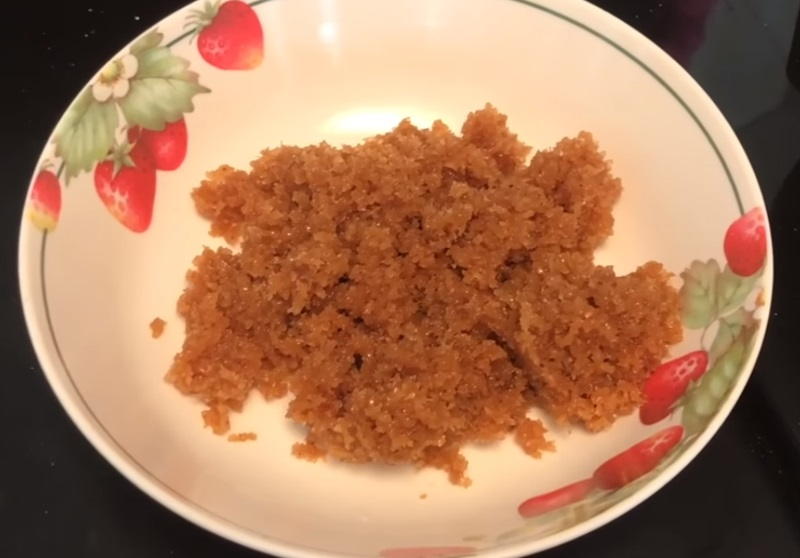
Pol Pani, a quintessential Sri Lankan filling, is crafted from coconut scrap. This versatile ingredient serves as the flavorful core of many traditional Sri Lankan sweets, including pancakes, lavariya, and halapa. Renowned for its rich coconut taste and indulgent texture, Pol Pani adds a delightful sweetness to these delectable treats, enhancing their flavor profile and making them irresistible to those with a sweet tooth. Whether enjoyed as a filling for stuffed pancakes, encased within the layers of lavariya, or tucked inside the steamed parcels of halapa, Pol Pani infuses each dish with the authentic taste of Sri Lankan culinary heritage, reflecting the creativity and ingenuity of its makers in transforming simple ingredients into culinary delights that captivate the senses and evoke memories of home.



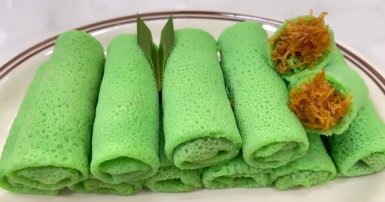
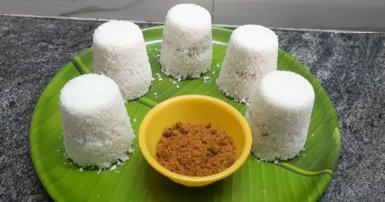

-1709813013.jpg)


